Gaziantep Part I – History and what to see
(This post was originally published before the earthquakes that struck in south east Turkey. Recovery is on ongoing, and if you want to help please read my Turkey Earthquake 2023 post.)
In this post I introduce Gaziantep in south eastern Turkey and give everything you need to have a brilliant time. I’ve divided this guide into different areas of history so there should be something for everyone, no matter your interests. Then there’s the food. Everyone has to eat, and there’s so much to choose from in Gaziantep I’ve had to put it in a separate post, along with shopping and practical details like where to stay and how to get around. Where possible I’ve noted what is closed as of Oct 2023 or damaged, but otherwise the city is open to visitors.
Gaziantep City Layout
The oldest part of town is located around the castle and it makes a good landmark for planning your sightseeing routes. The Zeugma Mosaics Museum is to the north of the castle above the railway line while the bazaar area is to the south. Bey Mahallesi lies a bit further south east while the modern part of the city, based around Atatürk Bulvarı (Ataturk Boulevard), is a 20 minute walk west of the old centre. It’s possible to view it from the outside but the interior is closed for repairs (October 2023).
History
Prior to the 20th century, Gaziantep was known simply as Antep. Located close to the Sacırsuyu River which flows off the Euphrates, it took its name from the Arabic word aynṭāb, meaning ‘good spring’. Archaeological finds of pottery shards date the oldest settlement back to the early 4th century BC. It was an important city close to ancient trade routes from Syria, and surrounded by rich agricultural lands. The Selçuk Turks captured it in 1183 but then various dynasties fought over it until Ayıntab, as they called it, became part of the Ottoman Empire in the 16th century.
At the end of World War One Allied troops occupied Istanbul and large swathes of Turkey. The British took control of Antep in 1919, but withdrew when the French invaded. Unbeknownst to them, a new nationalist movement had sprung up, lead by one Mustafa Kemal. During the Turkish War of Independence, Antep was the scene of strong resistance during what went down in history as the Seige of Antep. It was led by a Commander Şahinbey with active hands on help from civilians. Their combined strength and courage resulted in the French withdrawing permanently in 1921. In recognition of their resilience and loyalty, Mustafa Kemal, otherwise known as Ataturk added the word Gazi, Turkish for soldier or warrior of the faith, to the city’s original name, and the city has been known as Gaziantep ever since.
Of course, the full history of Gaziantep is much more detailed than the above so I’ll leave you to read up more as you see fit. It goes without saying certain sights are must sees and of course, I’ve seen them. I’ve marked these with an asterisk and if there isn’t one next to the entry it means I’ve haven’t personally visited them. Sometimes this is because I’ve already been to similar museums (as with the hamam museum) or it’s not a particular interest of mine (I’m not generally big on castles and war museums, unless they commemorate women). Rather than clutter up the page with too many details, I’ve provided website links where you can find addresses, opening hours and entry fees etc. If they don’t have one I’ve put those details in for you. Please note I do my best to update my posts regularly but information does change without notice, as do prices.
Things to see and do
Ancient History
*Gaziantep Zeugma Mosaics Museum
The Gaziantep Zeugma Mosaics Museum holds the world’s largest collections of mosaics. As the name indicates, they came from Zeugma, a Greek city from the Hellenistic era that was later known as the Roman city of Commagene, in the Gaziantep region. Inside vast halls, mosaics that once bedecked private Roman villas are laid out on the floor, as they would have been in situ. The so-called Gypsy Girl is the most famous of them, but fertility goddess Demeter, Herakles, Dionysos, Ariadne, Eros and Psyche also feature in stunning detail. The small but perfectly formed statue of Mars, god of war, is another standout.
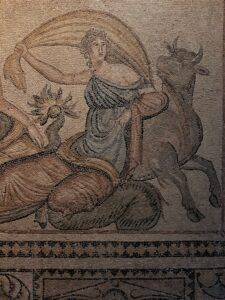
* Gaziantep Archaeology Museum
Less visited than its Zeugma cousin, the Gaziantep Archaeology Museum displays finds excavated at nearby sites including Zincirli, Karkamış and Sakçaközu. If like me you love Hittite statuary, you won’t want to miss it. Bas-relief soldiers march through the halls and farmers tend to their animals in a collection of finds from Karkamiş, excavated by a team from the British Museum just before WWI. TE Lawrence, aka Lawrence of Arabia, was team leader. Pop into the garden before you leave. Basalt relief stelae from Hittite and Late Hittite periods, tombstones and Roman sarcophagi site peacefully amongst the trees.
Gaziantep Castle (interior closed to visitors)
Gaziantep castle first came into being as a watchtower built on a rock by the Hittites in the 2nd century BC. When the Romans came, they used it for the same purpose for several hundred years. It wasn’t until Byzantine Emperor Justinian I came into power in the 6th century AD that fortifications were added, at his command, including twelve towers along the walls. Today the castle contains a small museum explaining the role Gaziantep played during the Turkish War of Independence.
More exciting I think are the excavations that started in 2020 and unearthed tunnels under the castle previously only thought to exist in legend. Stories abounded about a secret source of underground water and now archaeologists have found it. They discovered approximately one kilometre of underground tunnels, galleries and points of intersection chiselled deep into the bedrock. In the process of cleaning the passages they uncovered crosses carved into the stone, believed to date to the Roman period. The main worked was completed in 2022 and fingers crossed the tunnels will be open to the public sometime in soon.
Syrian Influences and Ottoman History
I’m a mosque fanatic so can’t say which of the following are must sees, because for me, the answer is all of them. Due to Gaziantep’s proximity to and connections with Syria in the past, the mosque architecture and other buildings in the city is very different from elsewhere in Turkey. Usually stone masonry in the form of detailed carving is the main external feature of mosques. Here, the types and colours of the stone used, the way they’re laid out and the striped patterns they form are the decoration. This design is a feature of ablaq masonry that originated in Syria. Two mosques where you can see it for yourself are;
*Alaüddevie Camii (damaged in the earthquake)
The Alaüddevle Camii (also called Ali Dola Mosque), on the corner of Alaüddevle Sokak and Gümrük Caddesi, is a good example of the ablaq style. Horizontal lines in the courtyard floor merge up into the wall of the mosque with alternate coloured stone inset around the window arches. It was built for Alaüddevle, the last chief of the Dulkadiroğlu Principality that ruled in Maraş. The architect was a man by the name of Armenek and he was assisted by a foreman called Kirkor. Their Armenian origins influenced the interior design so unusually the mihrab is enclosed in a triangular pediment embellished with Baroque features similar to an altar in Christian architecture.
* Tahtani Mosque
This is another standout, further along Gümrük Caddesi (sometimes also referred to as Eski Gümrük Caddesi) a few doors from a restaurant I’ll tell you about in part two. Horizontal stripes, this time in black, cream and red, catch your eye and reel you in through the gates and up to the mosque doors. The space is enclosed by walls so I think the effect is even more striking than in the Alaüddevle Camii. The interior has a regular layout only this time the minbar, where the imam preaches from on Fridays, is made of solid stone.
* Bayazhan Gaziantep Kent Müzesi (likely closed for repairs)
Bayazhan Gaziantep City Museum is housed in a former tobacco warehouse from 1909. The Bayaz in the name was Bayaz Ahmet Efendi. While in Syria on business he was so struck by the architecture he saw in Aleppo he decided to build the same style of structure in Gaziantep. He set up in partnership with an Armenian businessman, and Armenian masons and workers toiled for five years to complete the building.
When the British invaded the city they used Bayazhan as their headquarters. For a brief time it was a prison but after the city was liberated it became an entertainment centre where the city residents got to see the first film ever screened in Gaziantep. On Bayaz Ahmet Efendi’s death in 1919, the partner sold his half to a Muslim sect. They were later bought out by the government who reverted their section of the han back to its original use as a tobacco storage facility. The family used their half to produce rakı but eventually the business closed. It wasn’t until 2009, a century later, that the Bayazhan reopened as a museum, with souvenir shops and restaurants (one of which I’ll tell you about in part two) in other parts of the building. Located on the first floor, lit by coloured glass windows in rooms with lovely high ceilings the museum displays scenes of everyday activities in Gaziantep by theme – home life, carpet weaving, shoe making and so on.
Address: Atatürk Bulvarı No 119 Opening times: 08.30-17.30, open 7 days. Entry price possibly 10tl (I can’t get confirmation of this but it isn’t very expensive)
Gaziantep Hamam Museum (likely closed for repairs)
The museum is set up with life size figures showing traditional hamam culture. Explanations are only partially in English.
Karagöz Mahallesi Sadık Dai Sokak No:20 Sahinbey. Entry price 5tl. Open 7 days.
Bey Mahallesi and Antep architecture (likely suffered damage)
The region of Gaziantep is full of gardens, vineyards, olive and nut groves and at one time the city was home to wealthy and cultured landowners. Head for the narrow paved streets of Bey Mahallesi to get a taste what their lives were like. The high stone walls would have shielded private enclaves where family dramas played out but today, luckily for us, many are being reopened as hotels, cafes and museums. Most are two storey houses built using local stones such as soft and hard limestone, basalt and various types of marble. The differing properties of these stones mean the buildings remain cool in summer and warm in winter.
The rooms are oriented towards the courtyardrather than the street outside, although there are windows on the upper floors. They’re covered with lattice to ensure privacy but still allow light and air to enter. Families spent hot summers in airy upstairs rooms called iwan, open to the courtyard and covered with a roof so they remain cool and shady all day. In Gaziantep courtyards are called hayat, the Turkish word for life, and were the centre of the household.
A good way to see the layout for yourself is by visiting one or more of the museums housed in these traditional buildings.
Emine Göğüş Mutfak Müzesi
The Emine Göğüş Kitchen Museum is housed in a mansion built in 1904. Emine Göğüş was the mother of Ali Ihsan Göğüş, a Minister for Tourism and Promotion who was born here in one of the rooms. Their former home has been converted into a museum dedicated to the cuisine of Gaziantep. It gives a comprehensive explanation of the local food culture through detailed displays about agriculture, regional ingredients and cooking methods using exhibits, photographs, charts and wax figure tableaux. The signage is very good and comes in both English and Turkish. The museum makes it obvious why Gaziantep belongs on the UNESCO Creative City of Gastronomy list and is a valuable resource to think back on when as you eat your way through Gaziantep.
Address: Karagöz Mah. Sadık Dai Sok No 16 Sahinbey
Opening times: 08:30-17:30, 7 days a week. Entry fee 2tl when I went in 2022.
* Atatürk Anı Evi
Although Mustafa Kemal Atatürk was born in Thessaloniki he was registered in the Bey neighbourhood of Gaziantep. The Ataturk Memorial House is one of many around the country dedicated to him. Housed in a traditional Antep House that originally belonged to the Konukoğlu family, it was donated to the Gaziantep Metropolitan Municipality who converted it into a museum. Inside you’ll see memoirs of Gaziantep such as photos of youth groups in full uniform and a cabinet full of stylish women’s hats from the mid-20th century. Evidence of Gazi Mustafa Kemal and his achievements is everywhere, including a sample of the identity card showing Atatürk’s registration here and the Medal of Independence given to Gaziantep.
Address: Bey Ali Özalgan Sokak No 4, Şahinbey/Gaziantep, Turkey
Opening times: 08.30-17.30 (sometimes until 19.00 in summer), 7 days a week. Entry price 10tl. Check out Part II for a must visit cafe too.
Turkish War of Independence
* Şehit Kadınlar Anıtı (Statue of the Martyred Women)
Although far less imposing than other reminders of the Seige of Gaziantep, the Şehit Kadınlar Anıtı is important because it’s dedicated to 83 women killed while fighting the French in the
Although far less imposing than other reminders of the Seige of Gaziantep, the Şehit Kadınlar Anıtı is important because it’s dedicated to 83 women killed while fighting the French in the Turkish War of Independence. Women are often overlooked in war or mentioned as the unintended casualties of battle. In this case women built weapons and fought alongside the men when French forces blocked all the roads leading into the city, cutting off food supplies. Rather than give in to starvation the population rallied together. Men with former army experience organised raids and attacks on the enemy despite being outnumbered. Children collected used bullets to melt down and the men invented a simple homemade bomb out of two frying pans. 6000 adults and children died in the fight to save their city but in the end they were successful.
Address: The monument and graves are in a small square behind Küçük Pazar Sokak, close to where that street intersects with Hamdi Kutlar Caddesi.
* Kurtuluş Camii
The Independence Mosque started life as an Armenian church called Saint Mary’s Church Cathedral or Holy Mother of God Church designed by Sarkis Balyan. Balyan was the Ottoman-Armenian architect of Sultan Abdulhamid II and his name is synonymous with Dolmabahçe and Beylerbeyi Palaces in Istanbul. Construction started in 1892, undertaken by stonemason Sarkis Taşçıyan. The church was part of a complex which also contained school and administrative buildings of the dioceses of kaza of Antep. In 1915, almost all the Armenians in Gaziantep were forced to march to camps in the Syrian desert and the church was used for storage. The church remained empty for some years until it became a prison, functioning in this capacity from the 1920s through to the 1970s. In 1986 it was converted into a mosque and the top half of bell tower was demolished in order to create a single-balcony minaret. The 19th century bell, cast in South America, was taken to Gaziantep Museum. The interior is rather plain in comparison to other mosques in town but the overall effect of the ablaq masonry work seen from the outside is stunning.
Address: Camii Sokak, Tepebasi
A panoramic museum showing life size scenes from the Seige of Antep during the Turkish War of Independence.
Şahinbey Milli Mücadele Müzesi
The Şahinbey Museum of National Struggle, also known as the Gaziantep War Museum, consists of 12 rooms and underground caves documenting life during the occupation with tableaux showing actions by the civilian resistance movement. Not all the displays have English translations so if you want to know more, have a guidebook handy.
Address: Cnr of Şehitler Caddesi and Ulucanlar Sokak
Opening times: 09.00 -18.00 (might close for lunch from 12.00-13.00, 7 days a week. Free entry.
* Turkish Archaeology and Cultural Heritage Institute
A former Armenian church that has been converted into a centre research and exhibitions. There are bullet holes in walls from the Turkish War of Independence and faint remains of wall frescoes and plaster decorations.
Address: Atatürk Bulvarı No 24
Opening times: depends on whether there is an exhibition or not.
I certainly hope what you’ve read about Gaziantep has whetted your appetite. In Gaziantep Part II I recommend what to eat and drink and where I ate and drank them, practical and beautiful souvenirs to buy as well as useful information about getting around and where to stay.
***********************************
Note: I visited Gaziantep twice in 2022, the first time under my own steam and the second time as part of a press trip. I’d like to thank TGA and the Turkish Ministry of Tourism for the invitation.
********************
Here are my helpful tips for planning your trip to Turkey
For FLIGHTS I like to use Kiwi.com.
Don’t pay extra for an E-VISA. Here’s my post on everything to know before you take off.
However E-SIM are the way to go to stay connected with a local phone number and mobile data on the go. Airalo is easy to use and affordable.
Even if I never claim on it, I always take out TRAVEL INSURANCE. I recommend Visitors Coverage.
I’m a big advocate of public transport, but know it’s not suitable for everyone all the time. When I need to be picked up from or get to Istanbul Airport or Sabiha Gokcen Airport, I use one of these GetYourGuide website AIRPORT TRANSFERS.
ACCOMMODATION: When I want to find a place to stay I use Booking.com.
CITY TOURS & DAY TRIPS: Let me guide you around Kadikoy with my audio walking tour Stepping back through Chalcedon or venture further afield with my bespoke guidebook Istanbul 50 Unsung Places. I know you’ll love visiting the lesser-known sites I’ve included. It’s based on using public transport as much as possible so you won’t be adding too much to your carbon footprint. Then read about what you’ve seen and experienced in my three essay collections and memoir about moving to Istanbul permanently.
Browse the GetYourGuide website or Viator to find even more ways to experience Istanbul and Turkey with food tours, visits to the old city, evening Bosphorus cruises and more!
However you travel, stay safe and have fun! Iyi yolculuklar.
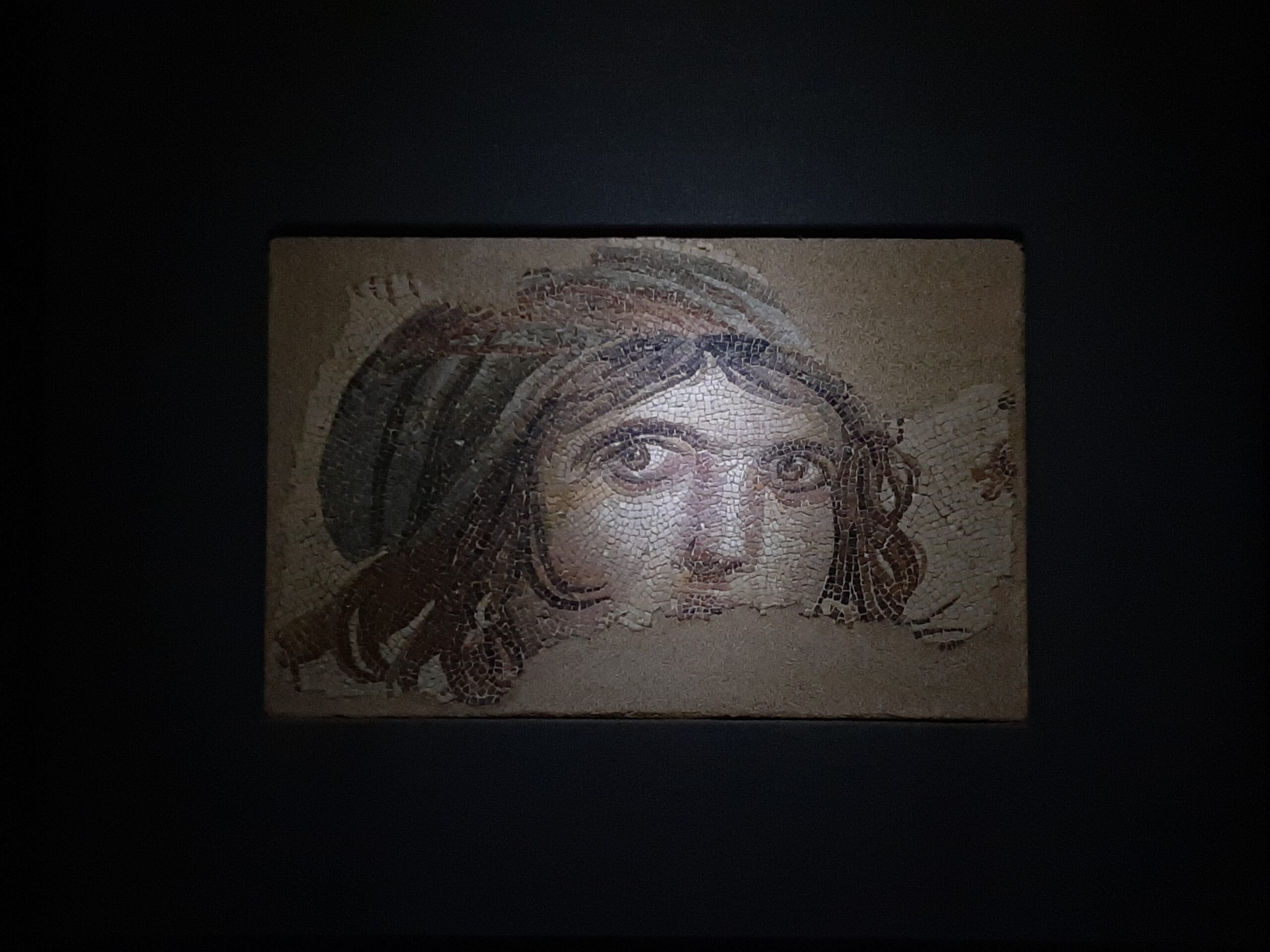
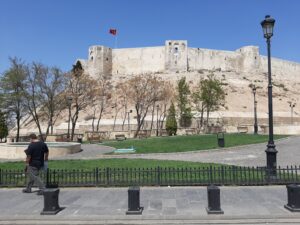
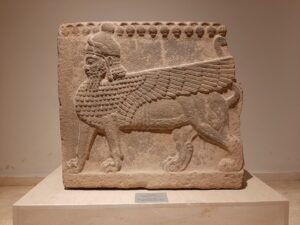
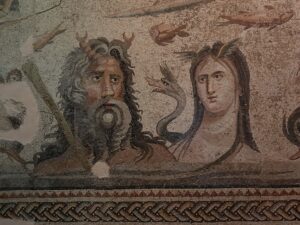
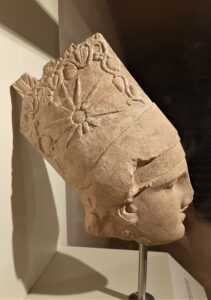
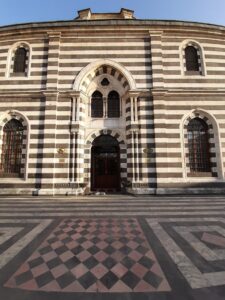
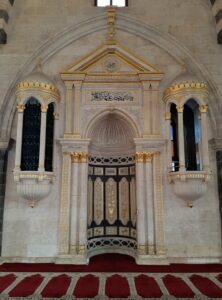
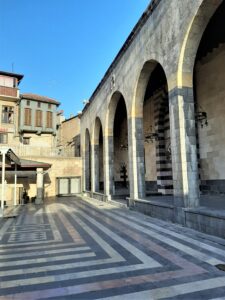
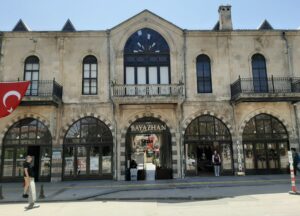
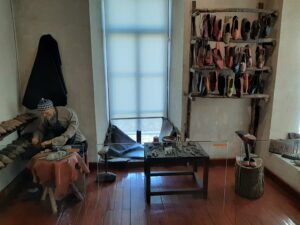
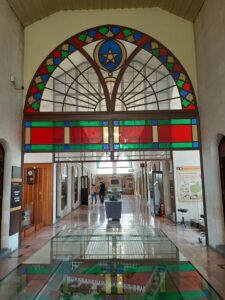
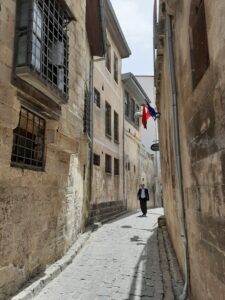
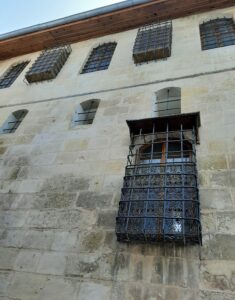
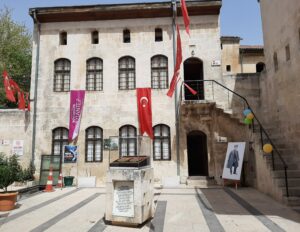
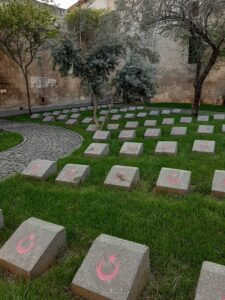
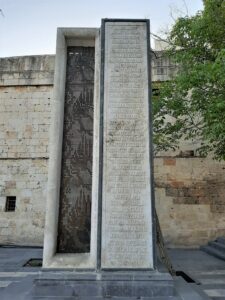
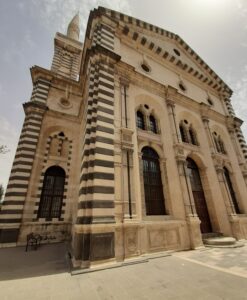
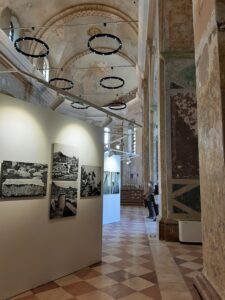
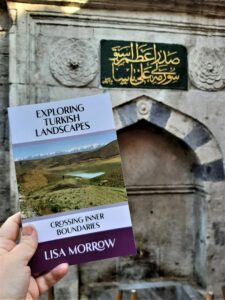
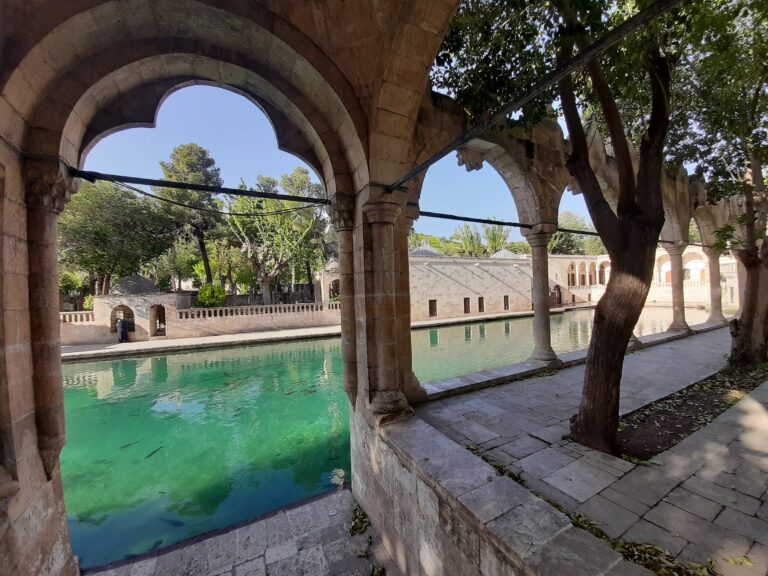
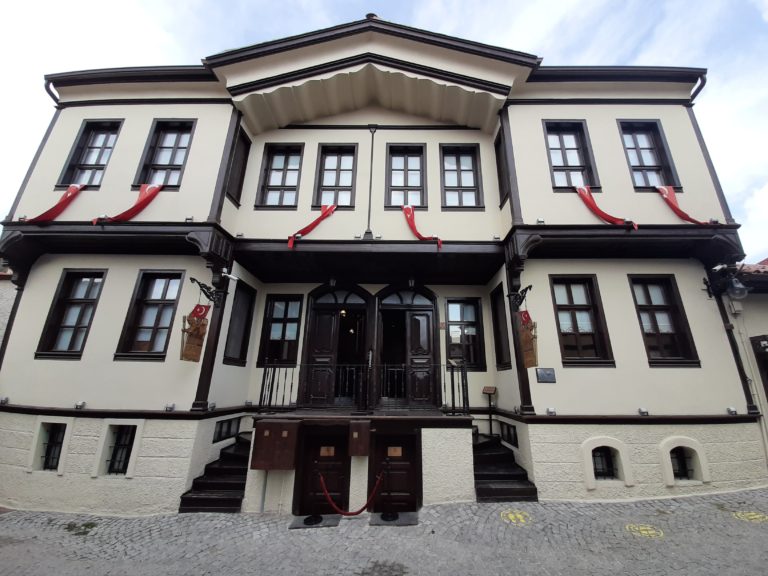
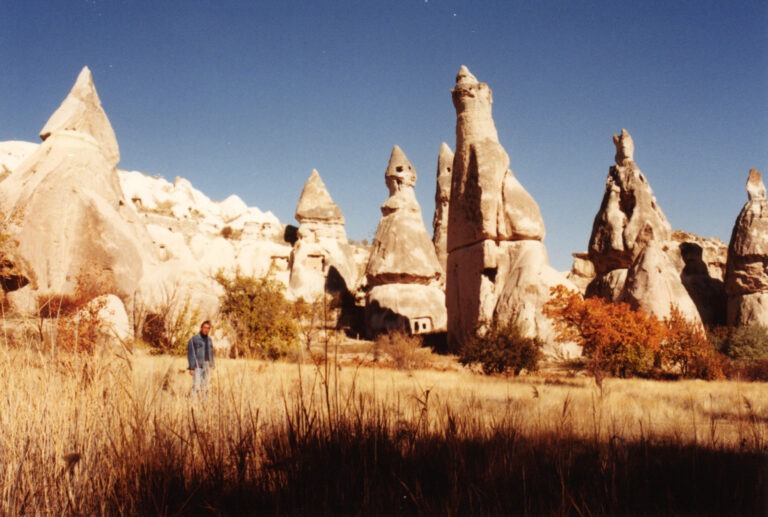
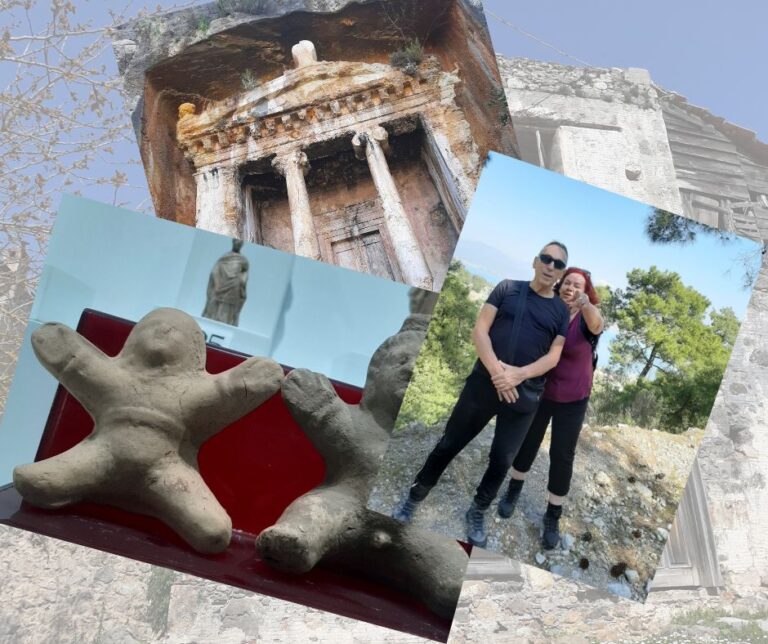
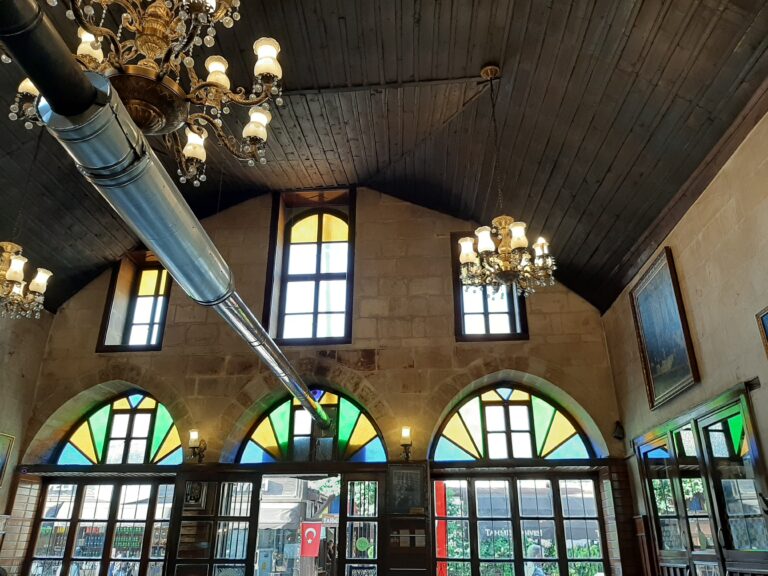
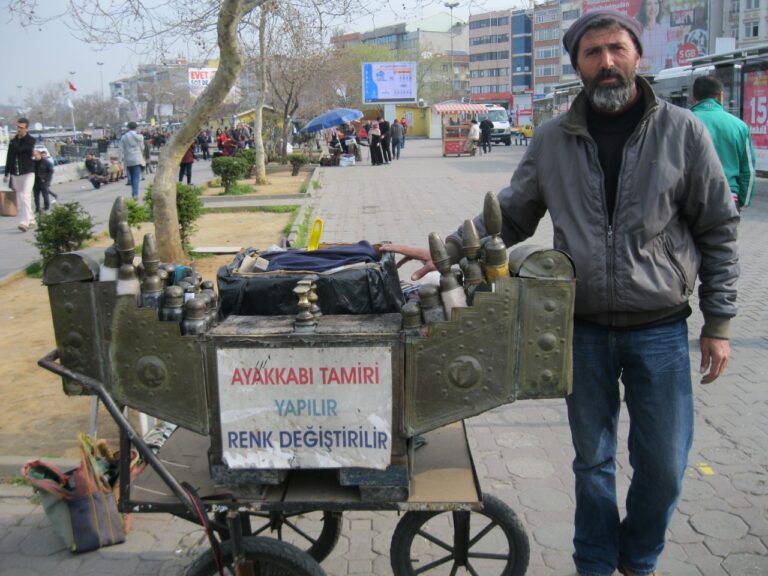
Loved reading this blog ,Kerry and i visited Antep in 2019 on our SE Eastern trip,
absolutly loved it, and Mardin, Sanliurfa as well, Gobeklitepe, Mt Nemrut, made the trip worthwhile.
There is so much to do in SE Turkey ,such an amazing experience.
We get leather shoes for our store made in Antep.
Thanks
Ray
Yes, south eastern Turkey is a wonderful part of the country. There is so much so see, the people are friendly, history is everywhere and if you like spicy food, then you’re in heaven.